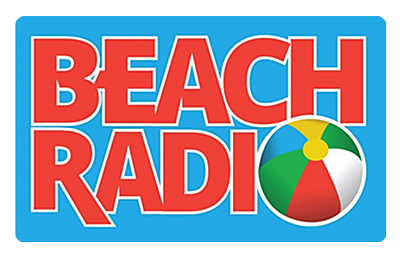
Why is distracted driving so prevalent in NJ?
It’s not exactly breaking news.
A new report issued by the Governors Highway Safety Association finds distracted driving causes thousands of accidents a year in New Jersey including some fatalities, and calls for a multi-pronged effort to stop drivers from using their cell phones, eating, grooming and daydreaming while they’re behind the wheel.
The report, released in partnership with General Motors, states the singular goal is to change the social norm around distracted driving and make it completely unacceptable.
It recommends several steps be taken, including expanding public education and community programs about the dangers of distracted driving, creating a new national anti-distracted driving advocacy organization, expanding partnerships with insurers and promoting the improvement of distracted driving laws.
It also recommends supporting high visibility enforcement of state and local distracted driving laws, and exploring the use of new, innovative enforcement strategies, such as safety cameras that can detect and cite inattentive drivers.
Why don’t people get the message?
Efforts to decrease distracted driving are obviously important, but according to psychologist Rachel Strohl of Stress and Anxiety Services of New Jersey, changing distracted driver behavior is extremely challenging.
Strohl said convincing many new drivers in their teens and early 20s that texting and emailing while behind the wheel is really dangerous is hard.
“That age group, in particular, feels invincible. It’s a developmental stage that they go through ... that kind of explains some of their risky behavior taking.”
What about more seasoned drivers?
As for why many adults continue driving while distracted Strohl said there is something called the optimism bias in play, where people will tend to think "it won’t happen to me."
“We have the belief that we are more likely to experience a good outcome, less likely to experience a bad outcome,” she said.
She said in one sense this is healthy “because we want to be optimistic and think in positive terms, but the hard part is we’re disregarding reality.”
Positive and negative reinforcements
She said to help convince drivers to block out distractions both negative and positive reinforcements can be used.
Strohl said an example of negative reinforcement would be tickets.
"It’s very expensive if you’re caught driving while you’re on the phone or while you’re texting, and a young driver will feel that.”
She said negative reinforcement could also include reminding people that distracted driving causes “accidents, disability, death, those sort of more severe consequences.”
She said positive reinforcement for drivers of all ages could include awarding gas gift cards to them after a certain amount of months or years behind the wheel with no tickets.
David Matthau is a reporter for New Jersey 101.5. You can reach him at david.matthau@townsquaremedia.com
Click here to contact an editor about feedback or a correction for this story.
Cape May, NJ: 15 wonderful places to visit
15 sensational places to visit in Seaside Heights and Seaside Park
Here's where NJ legal weed is sold
More From Beach Radio










